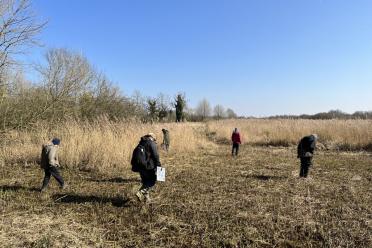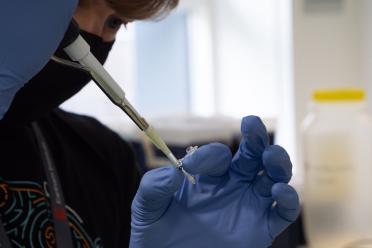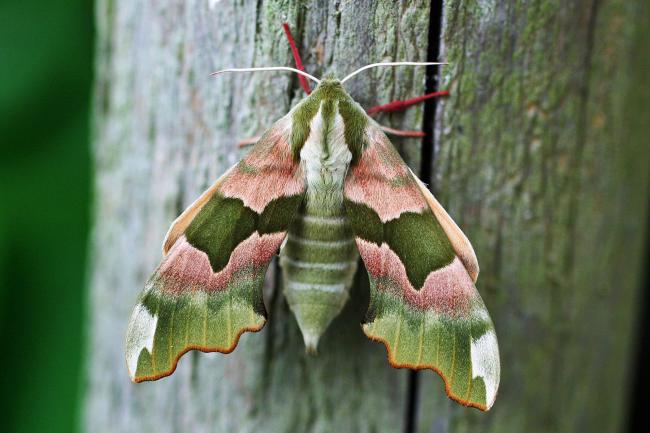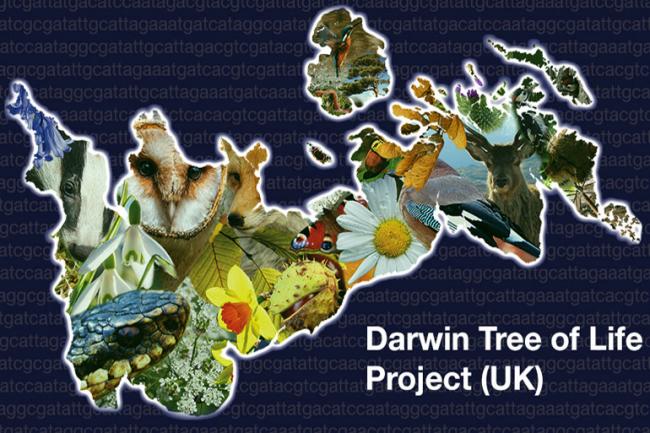Funding provided training and resources for NFSG to conduct independent DNA barcoding experiments – which sample small portions of DNA for identification - and also allowed scientists to collect fungi for full genome sequencing. NSFG members had gained an interest through attending a Barcoding the Broads workshop.
Sam Rowe, Public Engagement Officer for the Earlham Institute, said: “DToL relies heavily on the wealth of expertise provided by recording groups and volunteers.
“Finding fungi requires a great deal of geographic and habitat awareness, as well as expert knowledge, for identification.
“Local experts are the very best people to do this – they know exactly where to find fungi and have the knowledge to identify types. It’s true community science.”
He said that the work had been an education for him as well as NFSG.
“Fungi are not my area of expertise,” said Rowe. “Like most people, I tend to think of very traditional red and white toadstools.
“But, when I went out with NFSG, these experts were turning over dead leaves and finding tiny slicks of rusts and smuts – organisms I would not necessarily even have identified as fungi. It was a very interesting day.
“Overall, this collaboration between the Earlham Institute, Kew and the NFSG at Wheatfen has been a huge success.”
Dr Rowe visited the site with Brian Douglas and Kieran Woof from Kew Gardens in March. Brian and Kieran were also able to visit Wheatfen again in early July for a combined foraying and DNA barcoding training session with 10 members of the NFSG. Across the two field trips, more than 100 specimens were collected and taken back to Kew for culturing.










